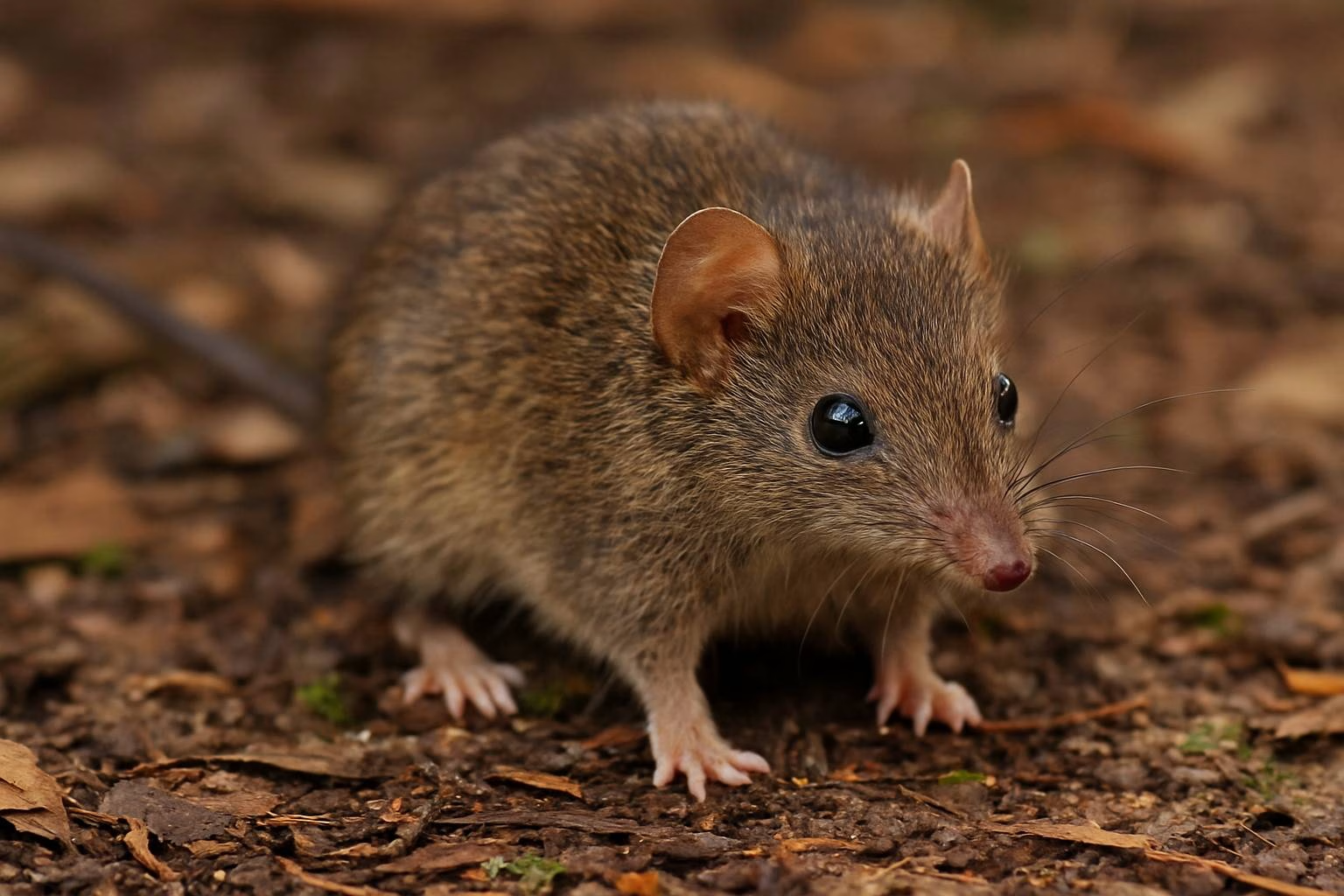The Tragic Love Story of the Antechinus Mouse: Sex, Death, and Cannibalism
Introduction
In the animal kingdom, survival is the ultimate goal—except for the male Antechinus mouse. This tiny Australian marsupial engages in a marathon mating session so extreme that it dies shortly after. Even more shocking? The females eat the male’s corpse to nourish their unborn young.
This bizarre behavior makes the Antechinus one of nature’s most extreme examples of sexual sacrifice. But why does this happen? And how does it benefit the species? Let’s dive into the dark, fascinating world of this suicidal rodent.
Key Takeaways
✔ Mating = Death: Male Antechinus mice mate so intensely that their bodies shut down.
✔ 2-3 Weeks of Non-Stop Sex: They forgo sleep and food, focusing only on reproduction.
✔ Cannibalistic Females: Pregnant females eat the male’s body for extra nutrients.
✔ 15 Species, Same Fate: All male Antechinus mice die after mating.
✔ Evolutionary Reason: This ensures maximum sperm competition and genetic survival.
Why Do Male Antechinus Mice Die After Mating?
- The Mating Marathon (No Sleep, No Food, Just Sex)
– Males engage in 14+ hours of daily mating for 2-3 weeks.
– They stop eating and sleeping, burning all energy on reproduction.
– Their bodies flood with testosterone and cortisol, leading to organ failure.
- Hormonal Overload = Sudden Death
– Extreme stress hormones break down muscle and immune function.
– Many males die from internal bleeding, infections, or starvation.
– Survivors become sterile—their testes degenerate, making future mating impossible.
- Females Eat the Males for Survival
After death, pregnant females consume the male’s body for:
✔ Protein & nutrients to support pregnancy.
✔ Energy for raising offspring alone.
This macabre act ensures the next generation’s survival.
The Science Behind This Extreme Behavior
Evolutionary Advantage: “Live Fast, Die Young”
– Since males only live one year, they must reproduce at all costs.
– Sperm competition: Males with the strongest genes win by mating most.
– Females benefit from multiple partners, ensuring genetic diversity.
Comparison to Other “Suicidal Breeders”
| Animal | Mating Strategy | Fate |
|–|-||
| Antechinus Mouse | Non-stop mating for weeks | Dies from exhaustion |
| Pacific Salmon | Spawn once, then die | Decays after breeding |
| Male Octopus | Mates, then starves | Dies guarding eggs |
Frequently Asked Questions (FAQs)
- Do all Antechinus males die after mating?
Yes—99% perish from stress, organ failure, or immune collapse.
- Why don’t females die too?
Females live 2+ years, raising multiple litters. Males are “disposable” in evolution’s eyes.
- Could a male survive if it avoids mating?
Technically yes, but evolution punishes cowards—non-mating males leave no offspring.
- Are humans like this?
Thankfully, no! Humans prioritize long-term survival over suicidal reproduction.
Conclusion: Nature’s Most Tragic Love Story
The Antechinus mouse’s life is short, brutal, and dictated by one primal urge: reproduce or perish. While shocking, this strategy ensures the species’ survival in Australia’s harsh wilds.
Final Thought:
*”For the male Antechinus, love isn’t just blind—it’s fatal.”*
Antechinus Mating Frenzy: Mouse Sex Until Death Revealed
Out in the Australian wilderness, there is a tiny beast that leads a fast life, has an insane mating frenzy, and dies a premature death. The antechinus is a small marsupial whose crazy mating ritual has been attracting the attention of scientists and baffling the eyes of nature lovers.
Although it looks like a mouse, the antechinus is not your typical rodent. Every year, upon the arrival of the mating season, the male antechinus goes through a sexual frenzy so vehement that he ends up killing himself. For up to 14 hours at a stretch, he mates with as many females as he can, repeating this act over and over again, without stopping for about two to three weeks—he does not eat, sleep, or take a break.




